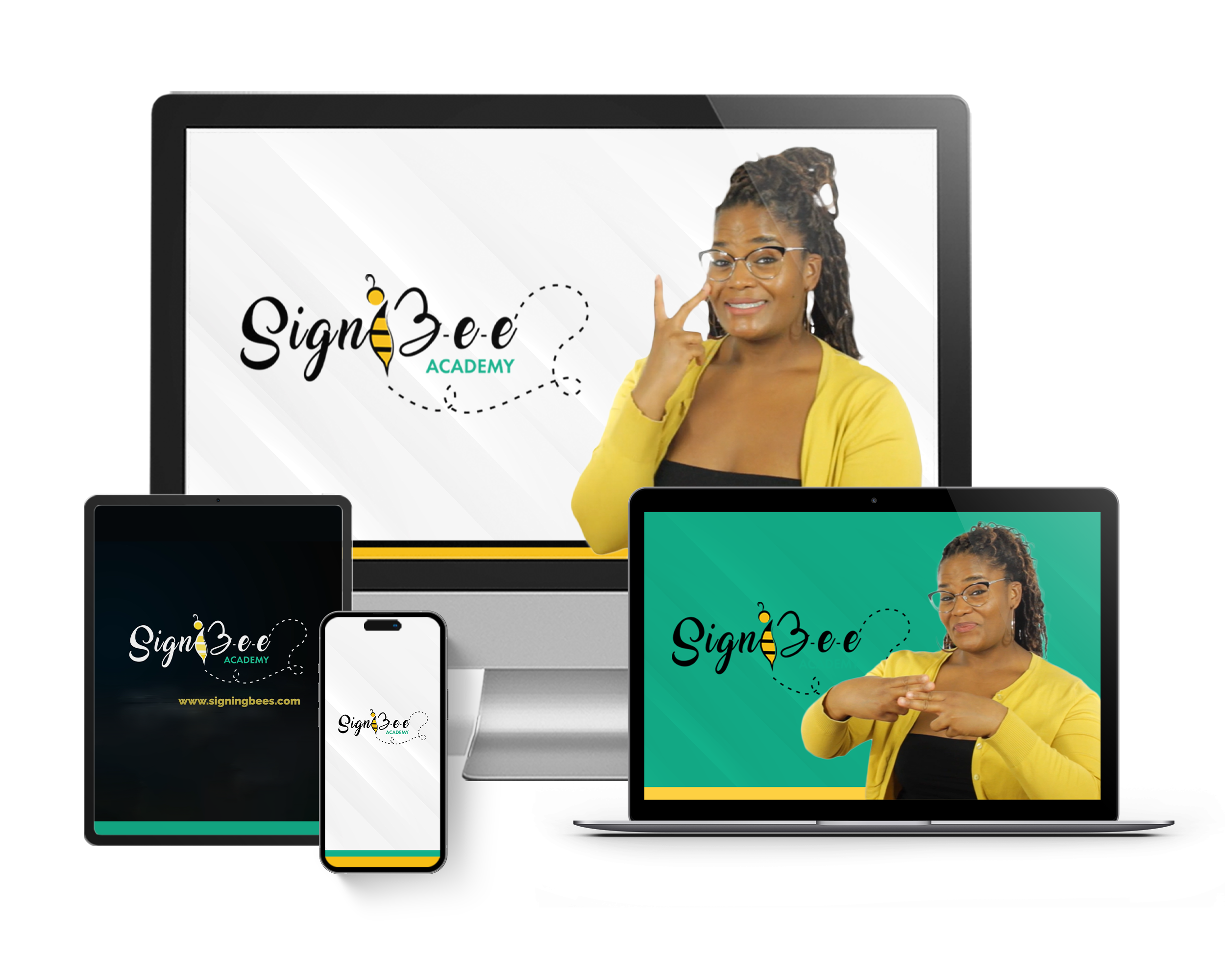Although the term etiquette is believed to be of French origin and then first used in the aristocratic world, its usefulness in recent times spans beyond that world. Today, there are etiquettes for interacting with family and friends as well as etiquette for interacting at work with colleagues or when one encounters strangers. Every scenario requires different etiquette. So, when it comes to interacting with deaf individuals, what rules of etiquette should one follow and why?
Are you one who feels that applying the strict principles of etiquette (under different circumstances) does not have a place in modern-day society? Let’s take a look at some etiquette tips we can use to interact with deaf individuals as well as the reasons for etiquette.
Interacting With Deaf Individuals? Here are Some Etiquette Tips
Before moving on to knowing what it entails to interact with deaf individuals, a simple understanding of the meaning of etiquette is important.
Simply put, etiquette acts as a guideline defining people’s behavior/actions and most importantly their character displayed in private and especially in public as they interact with other individuals under different circumstances.
Now, some common tips:
TIP #1: Do Not See a Deaf Individual as a Lesser Human Being
A person suffering from hearing loss is no less of a human because of their hearing condition. To interact properly with deaf individuals, you should make sure to treat them as equal to you in human rights. Such an attitude will show that you respect them, and you value who they are and as a result, this sets a precedent for better future interactions.
TIP #2: Do Not Avoid Their Faces/Eyes or Hide Yours
Image by Eelco on Openverse
Eye contact is vital when interacting with people. It helps you understand what the other person is trying to communicate beyond the words they are saying or the signs they are using. For deaf individuals their body gestures mean and say a lot, and so do their eyes. Therefore, avoiding it might be misinterpreted as you not wanting to understand them and the hiding of your face shows you do not want them to understand you as well.
TIP #3: Do Not Assume that Hearing Aid Solves All Deafness
When you encounter a deaf individual with hearing aids, do not automatically assume that the person hears you as clearly as someone without any hearing loss. It is a wrong assumption. Hearing aids do not solve all conditions of hearing loss. Find out the level of sound the person can handle.
TIP #4: Do Not Treat Sign Language as a Language Reserved For Deaf Individuals
Image by Scott Ableman on Openverse
As treasured as sign language (ASL) is in the deaf communities, it is not a language to be used by the deaf and only with the deaf.
Yes, its origin is tied to mankind finding a solution to the gap in communication between the deaf and the hearing society. The majority find it hard to treat ASL as a needed language for them to learn because there is this idea that they might never have to deal with deaf individuals or do not care if they cannot establish a good relationship with a deaf individual.
TIP #5: Do Not Ignore a Deaf Person During a Group Conversation
It is easy to continue a conversation with a group of people where a deaf individual is and completely ignore the deaf individual. The reason is that they might not want to draw attention to themselves if they find out their comfortable means of communication is not being used.
Do well to pay attention and make deliberate efforts and find ways to make a deaf individual or deaf individuals actively participate and be included in group conversations when they are physically or virtually present.
TIP #6: Do Not Treat Them Like Invalids
After establishing the means of communication that is comfortable for a deaf individual, do not speak to them like invalids (people who are too weak to be able to understand you simply because they cannot hear properly or hear at all).
This includes not speaking too loudly. Speak normally. If they can read lips, then do not speak too slowly either.
TIP #7: Do Not Look at the Interpreter Instead of the Deaf Individual
When interacting with a deaf individual using an interpreter, rather than facing the interpreter, look directly at the deaf person all through the time of the interaction. It shows you do not take them for granted and that you understand that the interpreter in that scenario is simply a communication tool.
You may have come across several other etiquette tips for interacting with deaf individuals, their aims are not supposed to be different from the general reasons for etiquette rules (for interacting with people) in society today. What are these reasons?
Reasons For Etiquette
The various rules of etiquette should be geared toward the following:
Fostering Good Human Relationships.
Humans are social beings, so, whatever character refinement that they try to achieve by observing the various rules of etiquette, the end of it all most times is to maintain good human relationships thus ensuring that others do not run away from them or see them as unfit for the particular role in society that they are occupying at the time.
Coupled with this main reason are also:
- The need for people to build a comfortable environment/safe space for people to connect.
- The showing of thoughtfulness and consideration towards others. A sign of humility and appreciation for others.
- A differentiation of people’s background/training. As much as this reason ought to be the least reason for the display of any rule of etiquette (especially in public), sometimes, people get carried away and try to present this particular reason for differentiation as the foremost reason.
Etiquette is aimed to make you a better individual. Do not mind whatever superfluous reasons are hidden in between the rules of certain etiquettes.
Conclusion
Remember, ASL is not a language reserved for the deaf. Deaf individuals value relationships where they are valued not as lesser humans because of their hearing loss. How have you been interacting with deaf individuals? Do you know any of them who use ASL? If so, join those who are learning ASL with SignBee Academy’s ASL learning resources.
Thumbnail Photo Credit to: Image by liz west on Openverse






